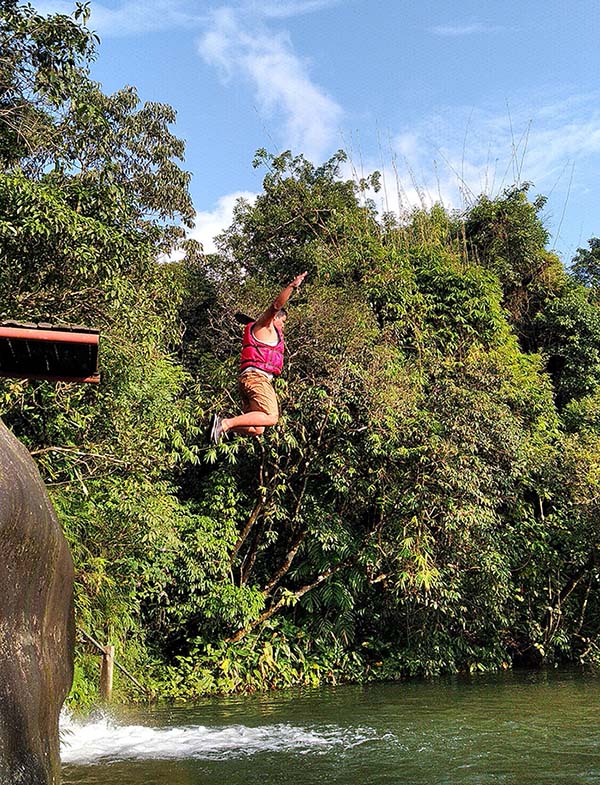

Top 5 Places to Visit in Meghalaya for Adventure | A Local’s Guide
This post is written by a guest contributor, Joydeep Phukan.
Author Bio: Awarded by Meghalaya Tourism for travel writing, Joydeep Phukan runs ‘The Gypsy Chiring‘ travel blog about the lesser-known treks, adventures, and culture of Northeast India. Follow him on social media at @thegypsychiring. In this article, Joydeep shares about Meghalaya and the adventure activities that you can do during your trip.
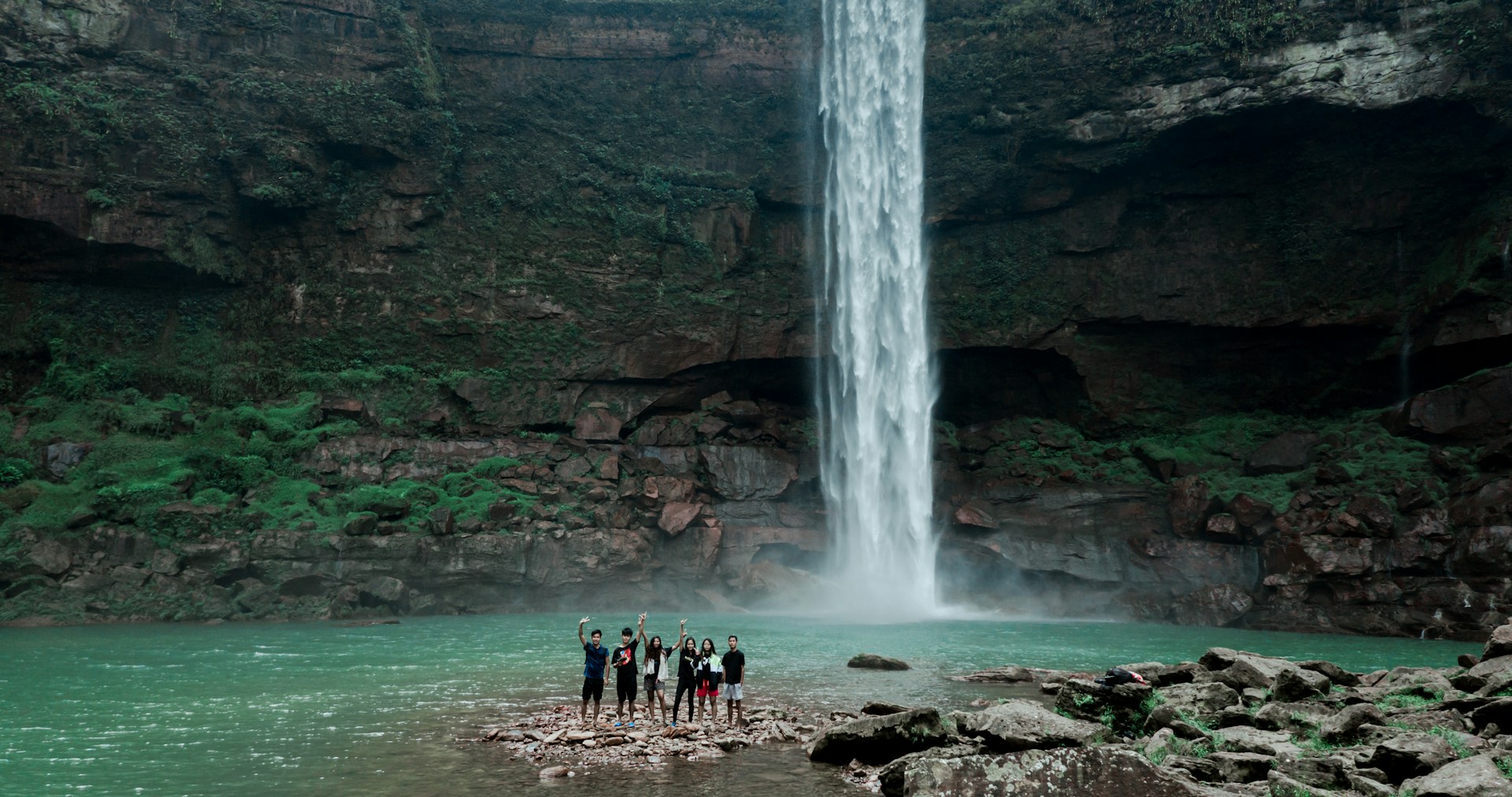
As a local from Northeast India, I often see visitors from other countries as well as Indians confining their trips to the southern, central or northern part of India. The eight states in the northeast of India – Assam, Arunachal Pradesh, Manipur, Mizoram, Meghalaya, Nagaland, Sikkim and Tripura are diverse both topographically and culturally.
Each state, village, and ethnic group living in all the states are different, speaking varied languages and dialects, wearing colourful traditional dress, and sustaining a way of life. Northeast India awaits to give you a unique experience.
About Meghalaya
The word “Meghalaya” is derived from Sanskrit, and it means “abode of the clouds”. Geographically, the state falls under the Meghalayan (also known as the Shillong) plateau. Unlike Arunachal Pradesh’s Himalayan peaks, the hills of Meghalaya are mostly flat like tablelands, except for a few. But the number of exquisite waterfalls, turquoise river streams, some of Asia’s longest caves and the culture of its people will fascinate you.
Here are the best 5 places to visit in Meghalaya, which have made me fall in love with them.
Meghalaya is home to three major ethnic groups – the Khasis, Jaintias and Garos. Shillong is the capital of the state. I have been to each of these places, some more than once.
1. Wari Chora
I went to Wari Chora in April 2023 with a local Garo tour company based in Baghmara in the South Garo Hills district of Meghalaya. In the Garo dialect, ‘Wari’ means deep water, and ‘Chora’ means long. It refers to the deep water of the Rongdik River that flows through serpent-shaped high canyons.
According to Garo folklore, Wari Chora is the land of seven serpents (Sangkni) that protect the place and its people. The journey to Wari Chora itself is adventurous. We climbed on the back of a DI 4×4 vehicle from Emangre village and headed up a narrow, boggy road. From the parking lot, you have to hike down to the river. It took us around 30-40 minutes.
At the river and canyons, you can swim, kayak, raft, or do cliff jumping.
My favourite thing about the trip was not just the adventure, but also learning about the Garo culture, their folklore, and the story of Dombe Wari, shared by our local guides.
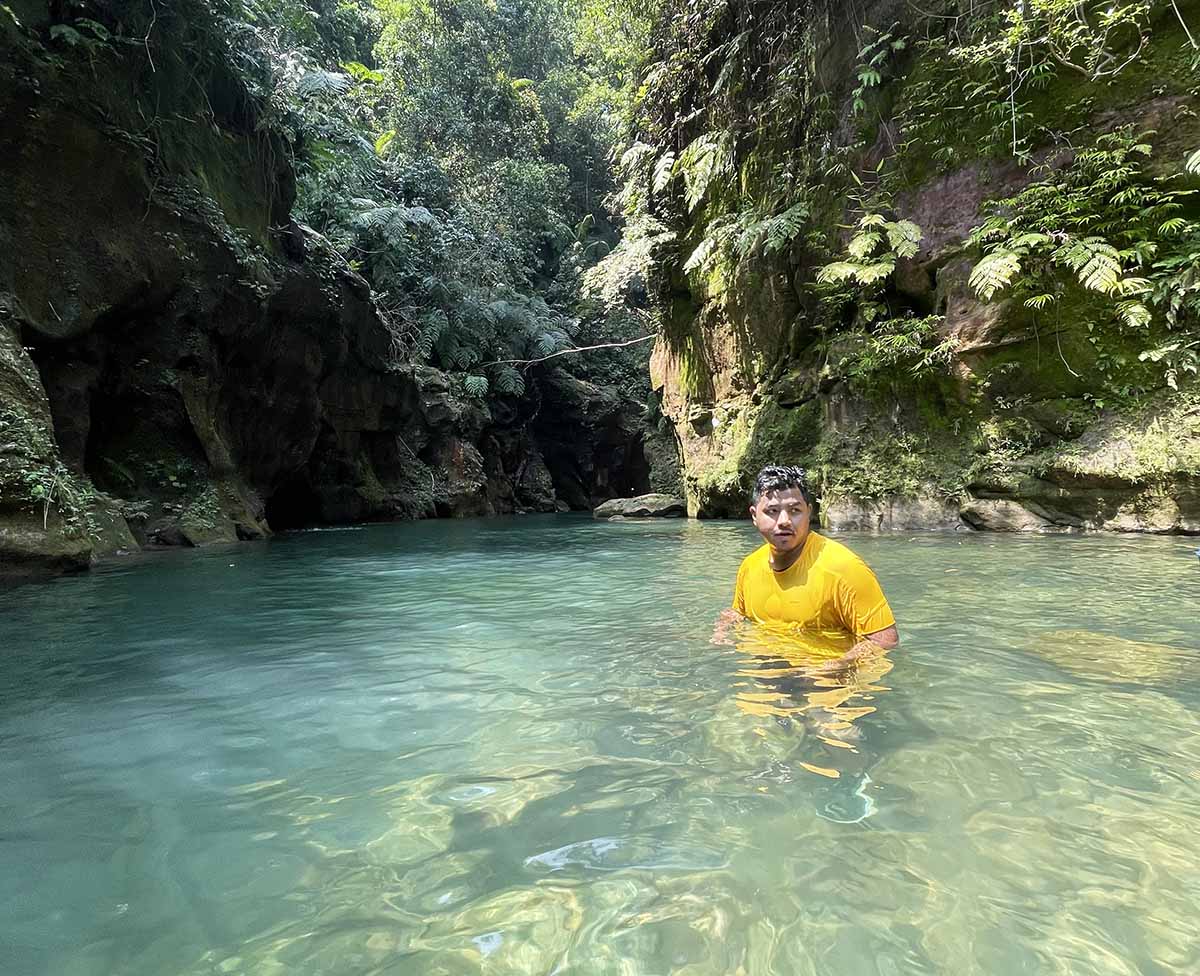
2. Mawlyngbna
Have you heard of the wettest place on earth? It is Mawsynram, a village and a small town in the East Khasi Hills district of Meghalaya. Mawlyngbna is located under the Mawsynram subdivision and about 17 km from the town. The first time I went to Mawlyngbna was in 2019. It is a small village, near the top of a hill from which you can see the hills merging with the plains of Bangladesh.
Mawlyngbna is particularly known for its adventure activities, including River Canyoning, Kayaking, and Cliff Jumping at Umkhakoi Lake.
Apart from the adventure, I loved staying and camping at the hilltop at Mawlyngbna Traveller’s Nest, a community property for tourist accommodation. There is also a huge rock split into two during the 1897 Assam Earthquake. It’s a small hike where you climb up and down in the narrow space between two massive rocks. I have been to Mawlyngbna three times so far. Meeting our local guide and friend Batista Totih, exploring his village and doing the adventures together has always been an amazing experience.
3. Phe Phe Falls
Phe Phe Falls are a combination of two-step waterfalls. It is located in Shkentalang Village, which is between Jowai Town and Dawki. I went to Phe Phe Falls for the first time in September 2019. We camped by a river stream, crossed it via boat, hiked for 30 minutes, crossed the river again, saw pitcher plants for the first time, and after descending a hill, we finally reached a huge waterfall pouring gushingly into a turquoise natural pool.
I would suggest you visit the waterfall from September onwards till April.
4. Bamboo Trail Trek
If you are looking for a day hike and some exciting adventurous experience, the Bamboo Trail trek in Wahkhen Village is for you. Compared to other destinations shared in this article, Wahkhen Village is the nearest. It is located just 48 km from Shillong town in the East Khasi Hills district of Meghalaya.
What makes the trek unique? The folklore of the place and the hiking trail. The Bamboo Trek is also called the Mawryngkhang Trek. The trail starts from Wahkhen village, on a bamboo trail constructed on the edge of a rocky slope. It ends at the summit of the Mawryngkhang U rock. According to the local Khasi folklore, the place was the battlefield of two rocks, Mawryngkhang and Mawpator, for a girl they loved.
After completing the trek, you can also take a dip at the Wahrew River near the village.
5. Double Decker Living Root Bridge Trek
“In nature, nothing is perfect, and everything is perfect. Trees can be contorted, bent in weird ways, and they’re still beautiful.” — Alice Walker.
The Khasis and Jaintias of Meghalaya have lived up to this quote. They built living root bridges over rivers by meticulously bending and guiding the aerial roots of rubber trees (Ficus elastica). Their culture and knowledge of such bioengineering are proof that culture and nature are interconnected, supporting and growing together.
In the Nongriat Village of Sohra (Cherrapunji) in East Khasi Hills district, the Khasi locals have built not just one but two natural living root bridges, one over another. The trek involves descending 3500 steps to the living root bridges. Not just the living root bridges, the trail will take you through some clear blue natural pools too. Don’t forget to swim in it.
Considering the popularity of the trek, I recommend you stay the night at Nongriat and visit the living root bridges early in the morning to avoid the increasing number of hikers.
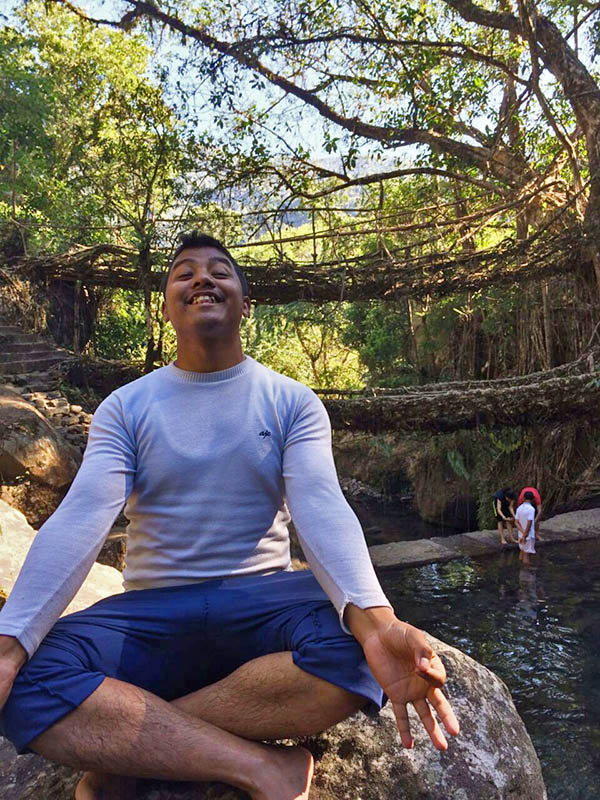
Summing it Up
I hope the above guide on adventurous places in Meghalaya was helpful to you. Apart from Wari Chora and Wahkhen Village, I have been to Phe Phe Falls, Nongriat, and Mawlyngbna more than once. Whether it’s a road trip with friends or meeting local ones, the adventure to Meghalaya has always felt like a blessing.
If you found the article helpful, share it with your friends and family.
[To read more amazing blogs by Guest Authors, click here.]

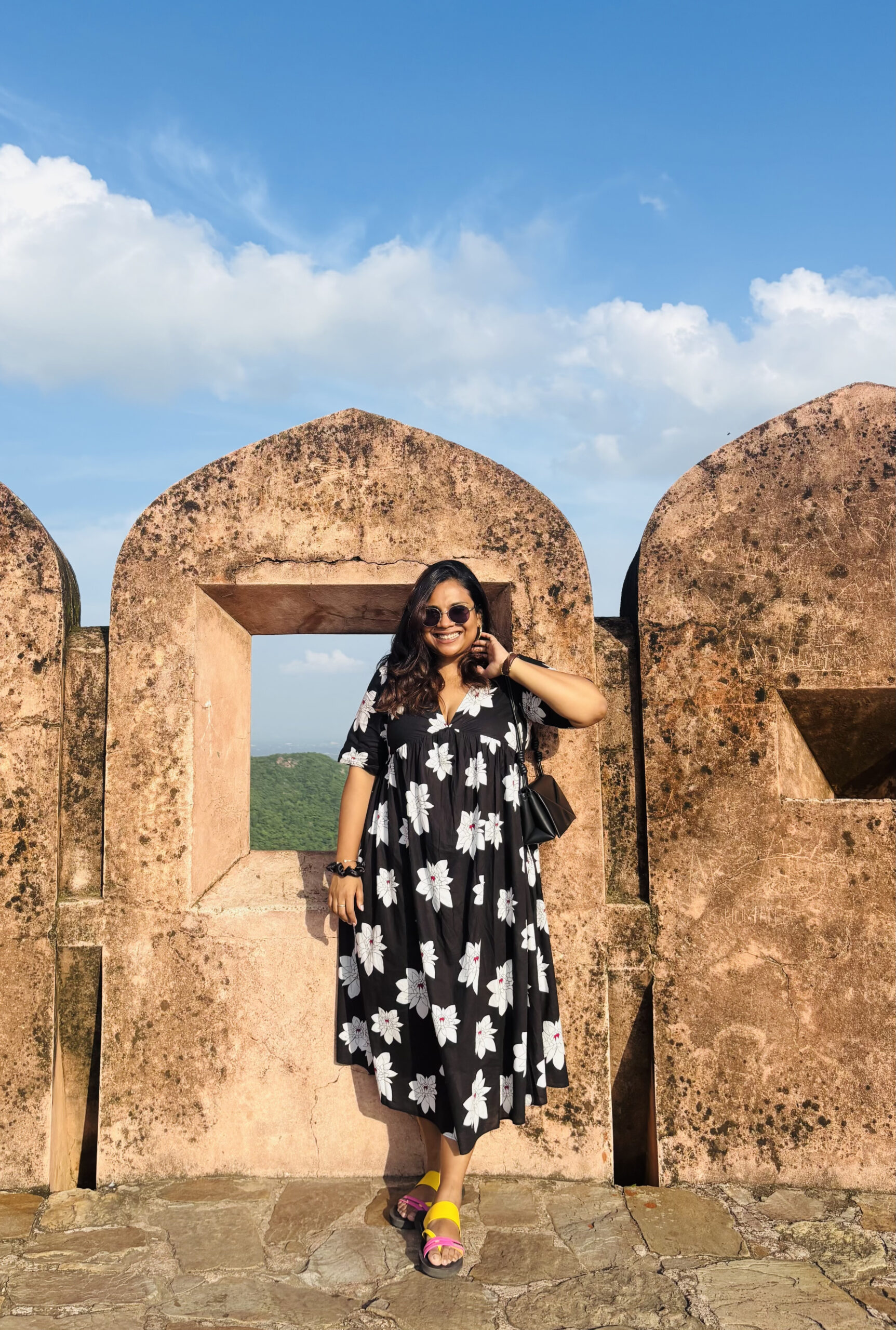

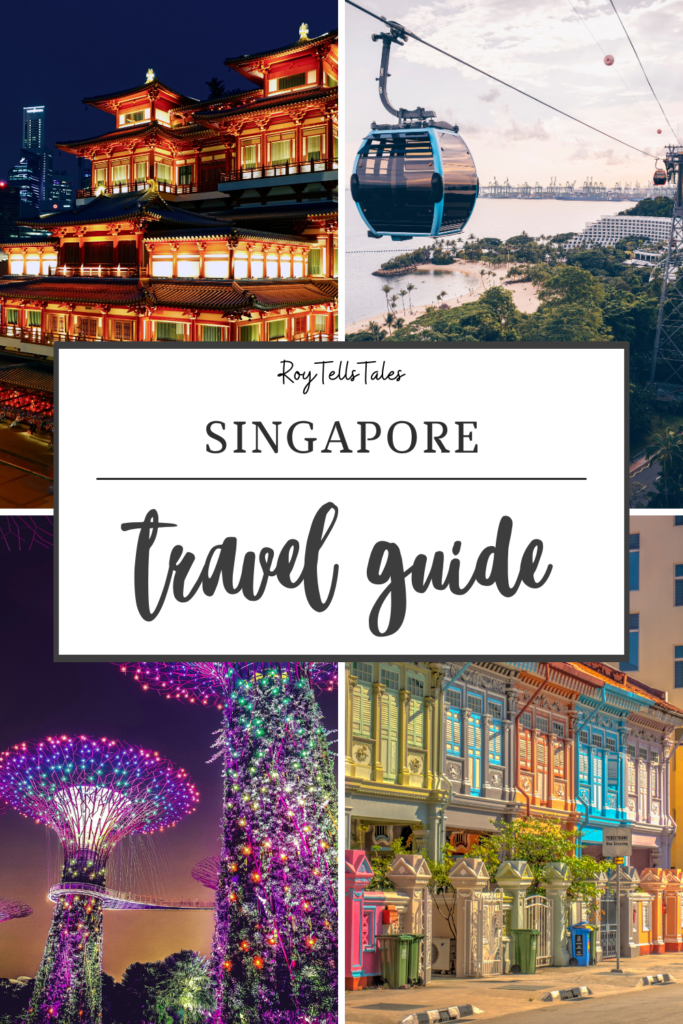
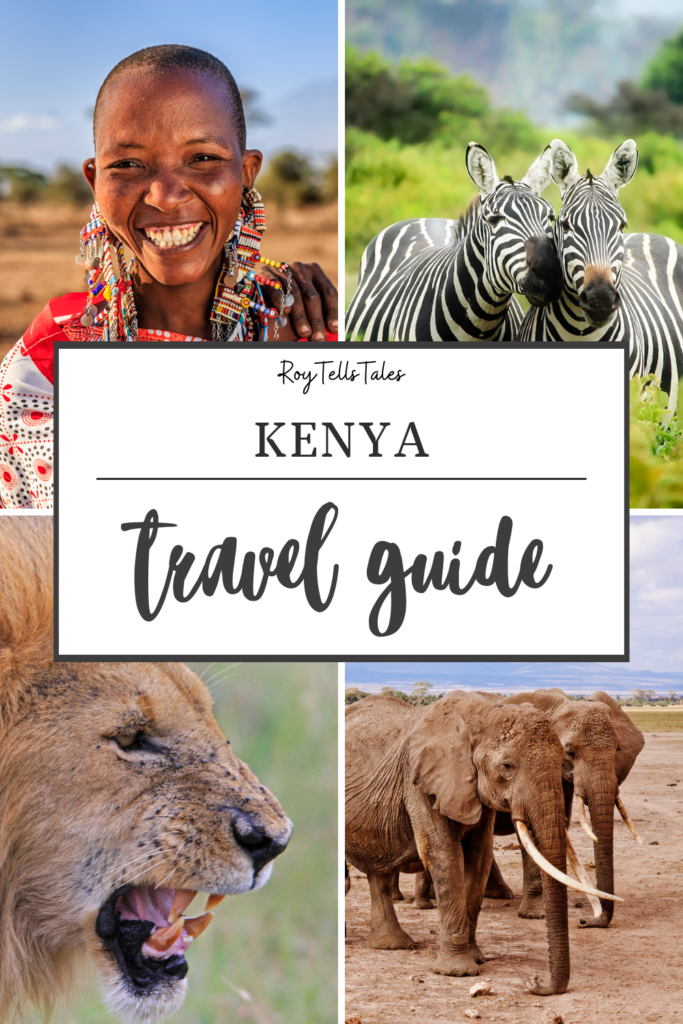
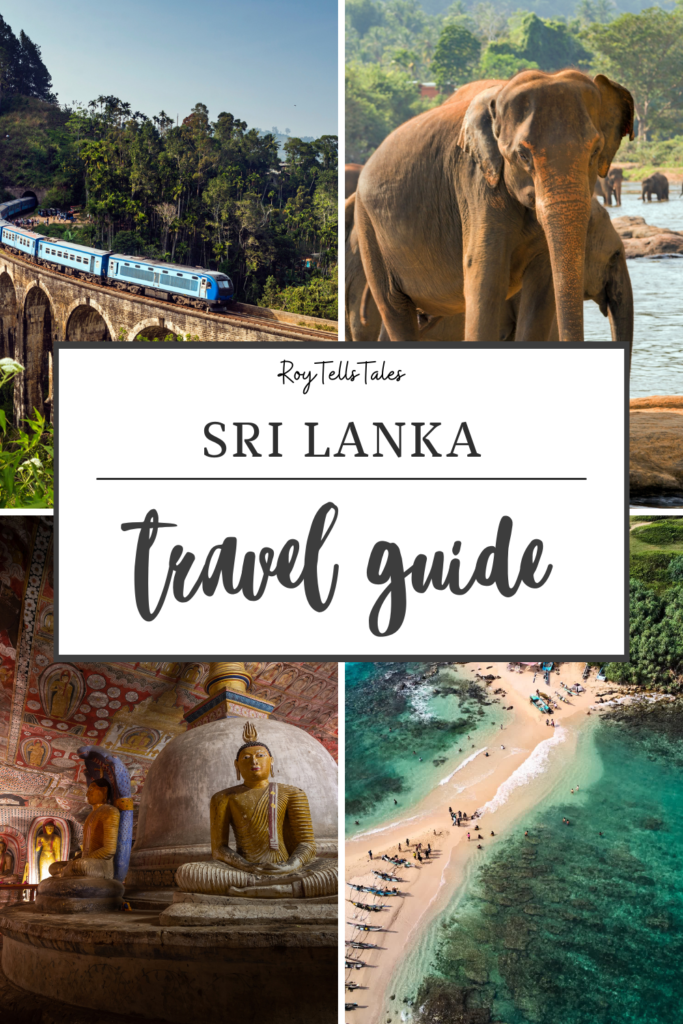
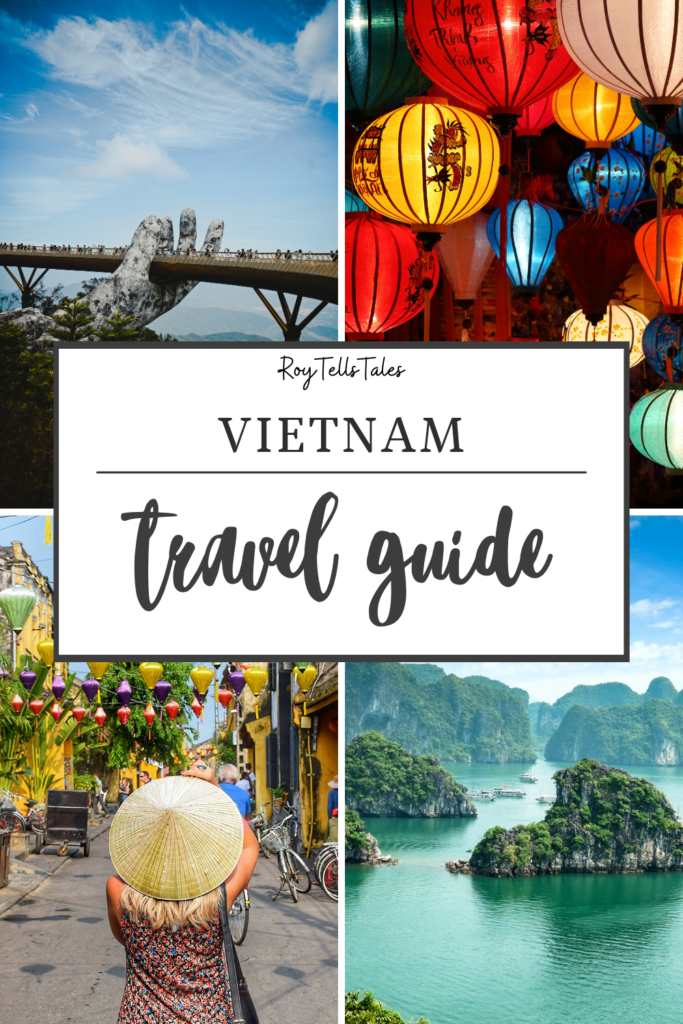
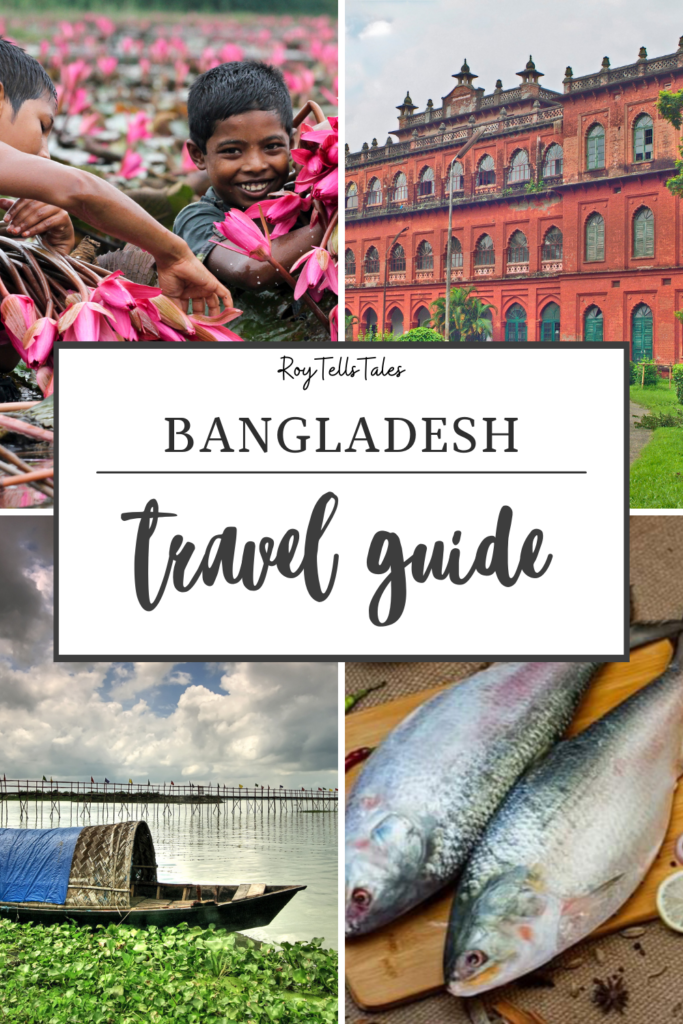
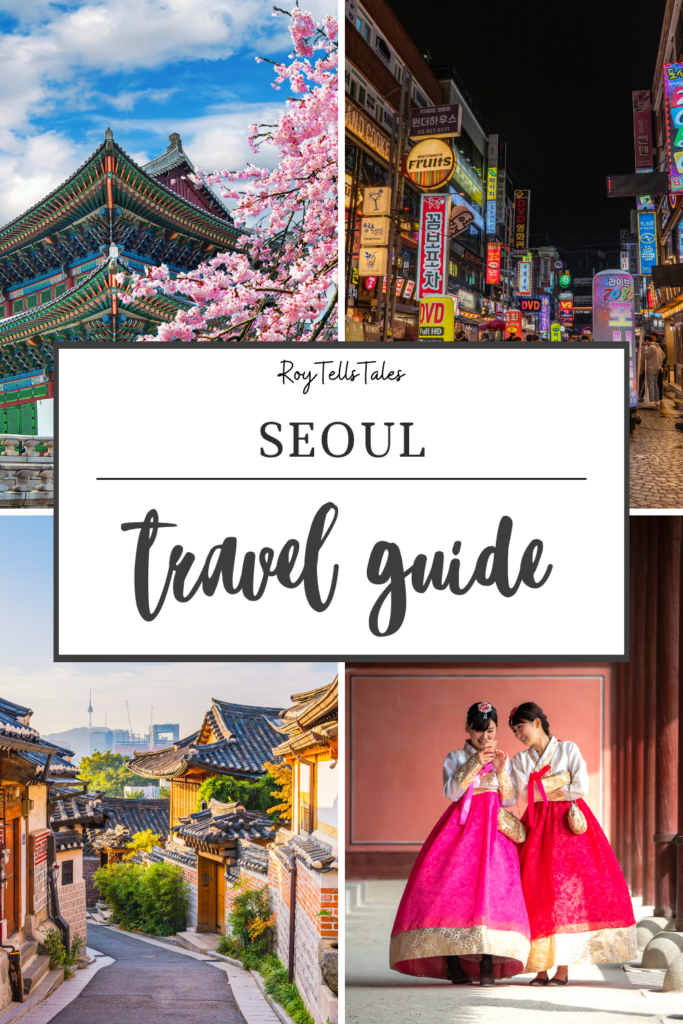








It is always a pleasure sharing about the places of Northeast India. I hope people find this Meghalaya article helpful.
Each of these 5 places of Meghalaya have slight different adventure for all – waterfalls, canyons, river trekking, living root bridges and a bamboo trail.